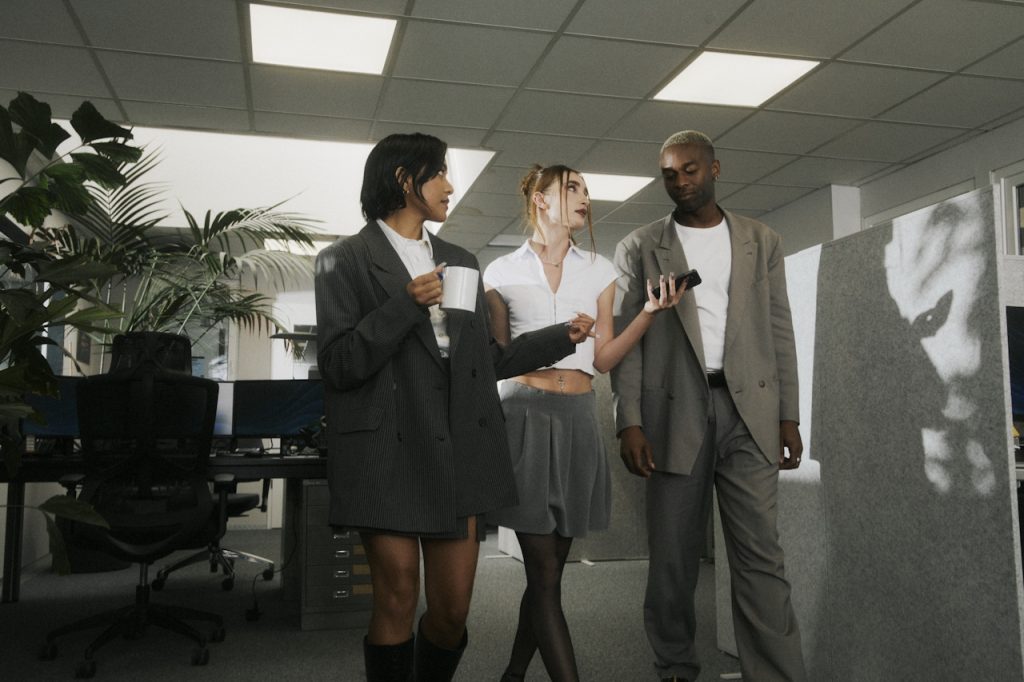Just when we thought we were making progress in terms of gender equality, a new report offers a sad reality check, revealing that women work significantly longer than men do each day.
The latest from the World Economic Forum’s Global Gender Gap Report 2016 revealed that women clock in more time at the office across the globe.
In some parts of the world, women average 50 minutes more work than men each day – totalling an incredible 39 additional days of work each year.
Sadly, that’s not the worst of the news.
Despite its domination of political conversations and headlines alike, we’re actually not making any progress at all with the global gap between men and women.
In fact, we’re actually going backwards.

While last year’s report estimated we’d close the gender gap by 2133, this year’s report pushes the date to 2186. Meaning, we’ll have to wait for another 170 years before we reach parity.
The divide between men and women is now larger than at any time since 2008.
Whereas in the U.S., women work on average of 13 minutes more than their male coworkers, females have it way worse in countries like India, Portugal, and Estonia, where they work an average of 50 days more than their male counterparts.
In the U.K., women work an average of 16 minutes more each day than men, adding up to 12 days more each year. The extra 13 minutes American women work each day amounts to a little more than 10 days each year.
Of course, these alarming figures only account for time spent at the office and doesn’t account for the hours spent doing unpaid work, like caring for children and household chores, which still tends to be largely women’s responsibility.

Not surprisingly, salary is a key factor in the widening gap, with the report revealing that women around the world on average are earning just over half of what men make.
The WEF also reported the number of women in senior corporate positions remains very low. Only four countries have equal numbers of male and female legislators, senior officials and managers.
The annual report measures progress toward gender equality in four areas: educational attainment, health and survival, economic opportunity and political empowerment.

In more positive news, political empowerment showed the biggest improvement since the WEF began measuring the gender gap a decade ago, and is now at 23 per cent. It should be noted that this figure began very low. Other less depressing findings reveal that the education gender gap has closed by 95 percent, and health and survival has closed by 96 percent. These two areas saw the most progress.
Taking top honours as the most gender-equal countries are Iceland, Finland, Norway and Sweden.
As for Canada, we rank 35, falling from the 30 spot on last year’s list (but still ranking ahead of the U.S., which is ranked 45). According to the report, Canada has closed 73.1 per cent of the gender gap over the four factors it measured.
So, we’ve got that.
[ninja_form id=104]
[ad_bb1]







